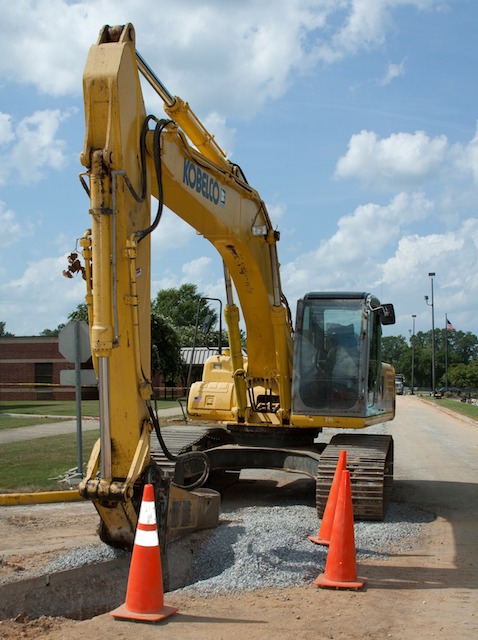
“These machines are fabulous,” said the operator, “Except for one problem. The bottoms are rotting out.” Customer experience engineering, that is visiting customer sites to improve the product’s engineering, was quickly producing results.
The scene? A muddy field at a mining site in the Mexico.
The machines? Enormous earth-moving equipment that makes typical road construction equipment look like Tinker Toys.
The original goal? Customer experience engineering to learn as much as possible about what needed in order to improve the cab design, specifically the seats, controls, and electronics on the cab’s dashboard.
What did we actually discover? While there was room for improvement in the cab design, the main issue was rotting metal. The cause was harsh sand mixed with coral that literally corroded the under-carriage of these multi-million dollar machines.
Why had this finding never emerged in the U.S. or South American where we had visited only weeks before? Because the physical environment at this Mexican mine was different. It was just a few miles from the ocean. If we had not visited this specific site and spoken to the operators, we wouldn’t have identified this key finding. No one back at headquarters knew, at least not that we had heard.
The result? This finding paid for our trip because we now had photos and direct testimony from machine operators about a serious problem that could threaten a segment of the international market. We reported this issue and asked the engineers back in the U.S. to find a solution.
A cynic might argue that it’s better to let the machines rot so that customers have to buy them more frequently. But, at such high price points, it seems unlikely that customers would by a machine that fell apart only five years into an expected 20-year life cycle. Earth moving equipment is a competitive space. Indeed, during this site visit we saw a variety of brands.
Customer experience, user experience, focus on the customer. We’ve heard it all before. Yet, time and again, companies produce designs that don’t meet customers’ needs. Would you pay $20 million for a machine and then buy another one after it fell apart long before its expected lifetime? This is why we need customer experience engineering.
Fear not user advocates. We are not alone. In her well-received book, Resonate, renowned presentation expert Nancy Duarte writes: “Companies tend to emphasize the product and its features, instead of focusing on how it can make users’ lives better.”
Duarte is right, and the good news is that the solution is often clear although not always easy. In our mining example, the solution would be to find a material, coating, something that would resist the corrosive effects of soil laced with bits of coral. And who is better positioned to tackle such challenges than engineers? That’s why we need accomplished engineers, and why demand in a variety of engineering disciplines continues to grow.
Based on over 20 years working with technical and engineering professionals, I am happy to report that engineers are often excited to tackle challenges like the nettlesome coral.
The problem does not usually lie in engineering but in a corporate culture with a myopic focus on the next quarter’s earnings.
The answer to shifting the focus toward customers’ real-word needs is simple, but it does require time and effort. Engage in customer experience engineering by visiting your customers. Watch them use the equipment. Is it delicate as in high-end manufacturing? Must the equipment function in a sealed, dust-free environment? Do technicians wear latex gloves while working making it harder to use a touch screen?
What about heavy manufacturing with dangerous chemicals? Are workers wearing thick gloves and protective eyewear? Is the lighting poor making it hard to see the machine control panel? If the control panel has buttons and switches, are the operators literally able to use these controls while wearing thick, heavy gloves
Listen, observe, and learn. It matters. Your customers will thank you and quite likely reward you with referrals and purchases that exceed your investment in customer research.
—————-
Eric Olive is the founder of UI UX Training and a writer, teacher, and user experience consultant with over 20 years of industry experience. Eric conducts field research to help clients understand their customer base and leads workshops to help clients leverage these findings to make better business decisions.
